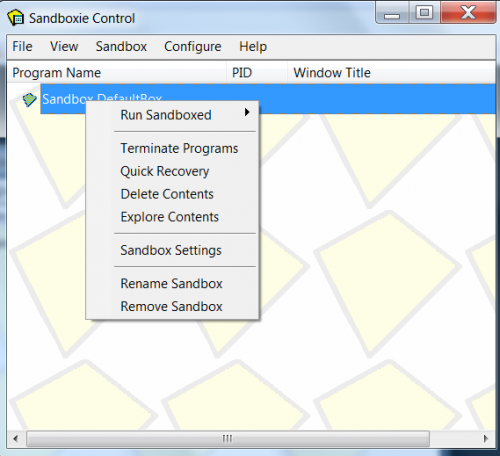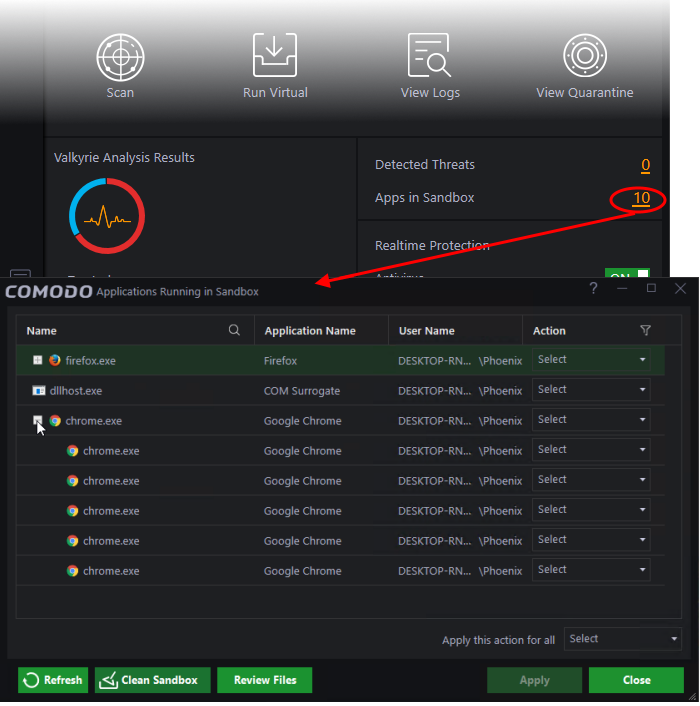

It's ok to have performance penalties for exceptional cases when a sensitive resource needs to be touched once in a controlled manner. In this case the sandbox should impose near-zero performance impact.

If you don‘t feel like reading this whole document you can read the Sandbox FAQ instead. The Linux implementation is described here, the OSX implementation here. This document covers the Windows implementation as well as the general design.

The architecture and exact assurances that the sandbox provides are dependent on the operating system. Sandbox leverages the OS-provided security to allow code execution that cannot make persistent changes to the computer or access information that is confidential. The sandbox objective is to provide hard guarantees about what ultimately a piece of code can or cannot do no matter what its inputs are. For a codebase as large and diverse as Chromium, reasoning about the combined behavior of all its parts is nearly impossible. The key to security is understanding: we can only truly secure a system if we fully understand its behaviors with respect to the combination of all possible inputs in all possible states. Security is one of the most important goals for Chromium.


 0 kommentar(er)
0 kommentar(er)
